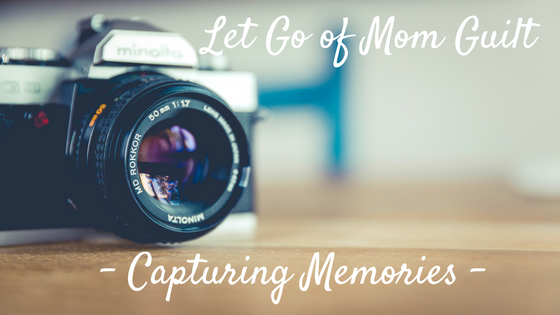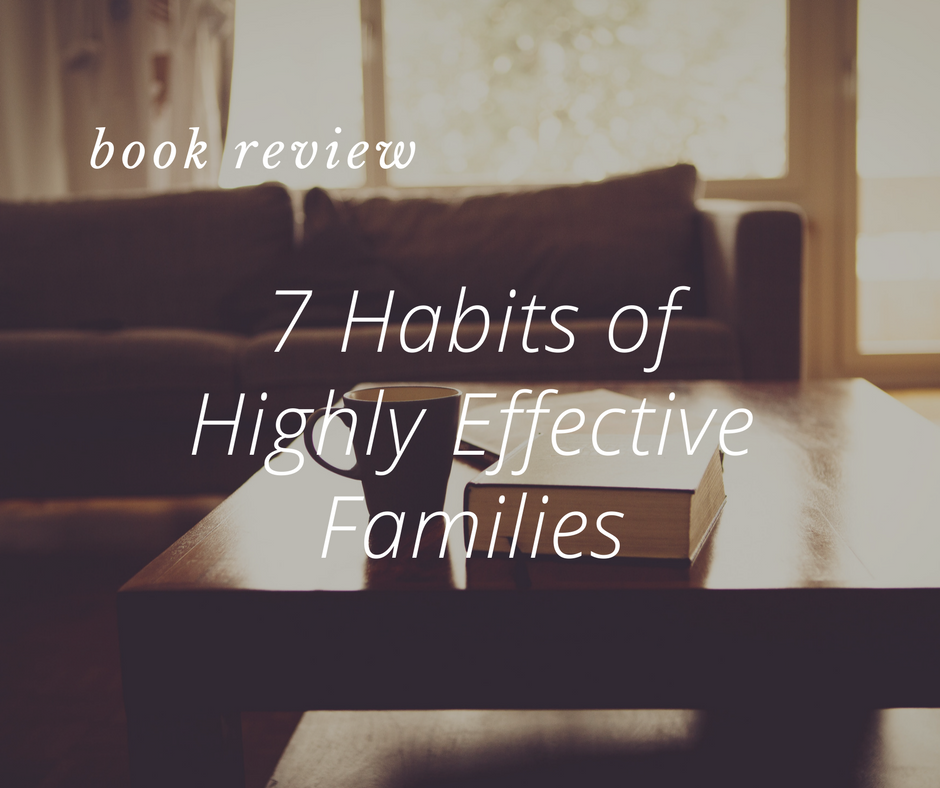As you plan for a road trip, entertaining your kids can be a hassle. Our family at home tries to have our kids entertain themselves as much as possible. In the car this can be a little trickier because of the limited number of resources your children have at their disposal. A little pre-planning on your part can go a long way in helping your kids still be able to entertain themselves in the car. Here are some of my favorite no electronic in the car games you can play with your kids or even as an adult to help pass the travel time.
I Spy
My kids love to play this to the point that it almost becomes annoying. Remember the moose in Brother Bear? Anyway here’s how you play. Someone starts by saying “I spy…” and then describing the color or shape of an object. The other people try to guess what object the person is describing. The person who guesses it correctly gets to ask the next question.
Counting
My oldest two kids are old enough to count or recognize different objects. My daughter has done this in the past with airport signs. She’ll watch for the airplane on road signs and count how many she sees in a given town. This can be done with anything. Maybe your driving through a slow construction zone. You could count how many workers you see, you can count how many trucks or construction vehicles you see. Maybe over the course of the whole trip your going to count how many motorcycles you see. This can done as a family or competitively between family members to see who saw the most.
Reading the Map
Similar to the counting game this game can be played individually or as a family. With three days of driving our kids of course are going to ask, “Are we there yet?” If they are old enough to look at a map or read road signs this may help with some of those questions. Before you leave, show your child a map of the journey you are taking. Talk about the different roads you will go on, the different states you will be driving through, and even some of the cities you will be seeing, again this all depends on the age of the child. Something I’m going to try to do this year is make a list of the major cities we are going through and have the number of miles to our destination after them. Then my oldest can follow along with the list of cities and know where we are in our journey instead of having to ask, “Are we there yet?” she will be able to see how far we still need to go.
Dimes
This was a suggestion from a friend and last year our oldest was still a little young, but this year it worked a lot better. Here’s how it works, you get a roll of dimes from the bank and give it to the child. (We found a sandwich bag worked well.) You tell them that the five dollars is their money to spend at your destination, but they can also lose the money along the trip for specific reasons. Last year for us it was asking, “Are we there yet?” or having to be told repeatedly to stop some noise or activity. If your child commits one of these errors then they give you a dime. They get to spend whatever is left when you arrive at your destination.
License Plates
I’ve played this since I was young and still do now even though my kids aren’t quite old enough to participate yet. Again this game can be played as a family or competitively. It is pretty simple. You look for different license plates and you write them down as you see them with the goal being to see all fifty states or the most of anyone playing the game. You can put whatever rules you want on how you find the plates. Maybe you want to limit it to only when you are on the road, or you can’t use the plates off of semi-trailers. Modify it to fit your family. Bonus points to the person who sees all the Canadian Provinces, or cars from other countries.
Competitive Scavenger Hunts and List Making
These last two games are very similar. They both take a little bit of prep work before getting in the car. If this is a road trip you’ve been on a few times, pick out some of the unique things you know you will see along the trip. If it’s one you haven’t taken before pick generic things you know you will see along the way. To play a scavenger hunt make a specific list of things and numbers of things the passengers in your car needs to see before the end of the trip. Another way to play (I call it list making) is to write up descriptions for things to see along the trip. The people playing would then write down a location or name of an item that meets that description given in the list. Again the goal would be to finish the list first or before the end of the trip. Example List
Many of these games run along the same lines of looking for things while driving, but having a purpose for the watching you do while driving may turn the activity into enough of a game to make the time go faster. You don’t have to play a game the whole trip, but could set limits like between certain stops or just one of the days of travel. Have you played any of these games with your family. Do you have other games you play with family in the car on road trips? Leave your answers in the comments below.


